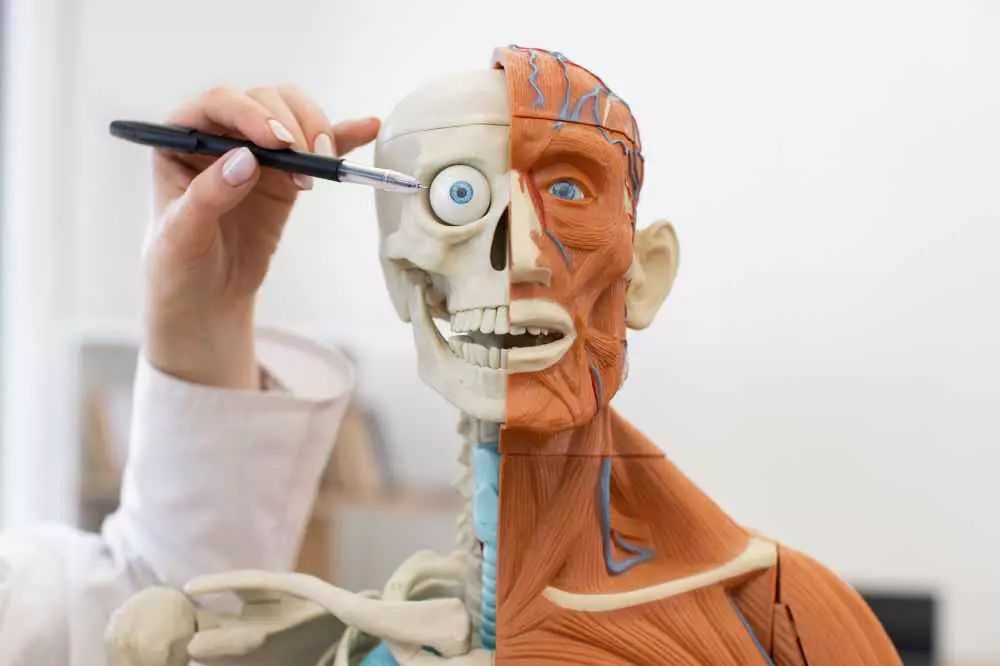Introduction to ethics in the presentation of anatomy
Presentation of anatomy is an extremely important aspect of medical education and health sciences. It includes a variety of forms, such as lectures, workshops and teaching materials. However, ethics in the presentation of anatomy is becoming an increasingly important topic that requires understanding and incorporation of appropriate principles in any form of education.
The importance of ethics in medical science
Ethics in the context of medical science concerns not only the way we impart knowledge, but also our approach to the people whose bodies we study. Issues such as respect for the person, his or her intimacy, and the right to a good name should become the foundation of our practice.
Ethical challenges in the presentation of anatomy
The presentation of anatomy poses a number of ethical challenges that should be carefully considered. Key issues include:

Ethical opportunities in anatomical practice
However, there are more challenges to ethics in anatomy presentation. There are also opportunities for improvement and for building positive relationships in the context of education:
Cooperation with families - Opportunities for open communication with the families of the deceased, as well as their active involvement in the educational process.Promoting respect - Reinforcing the idea of respect for the human body by educating medical students about the ethical importance of anatomy presentation.Examples of ethical practices in the presentation of anatomy
Many educational institutions are taking a concrete initiative to overly favor ethics in anatomy education. Here are some examples of good practices:
Ethical training - Introducing training programs for students and faculty that focus on the ethical aspects of anatomy presentation.Use of alternative methods - Use of simulators, 3D models, or VR technology to minimize the need for human materials.Conclusions on ethics in anatomy presentation
In today's world of medical education, ethics in anatomy presentation is a key element that needs to be constantly monitored. Understanding and applying ethical principles can lead to a more empathetic approach to learning and education. Future doctors and health care professionals should be aware of these principles so they can perform their tasks with respect for the deceased and their families.
Summary
The presentation of anatomy can be a difficult but extremely important aspect of medical education. By adhering to ethical principles, we have the opportunity to create an environment that not only supports the development of knowledge, but also promotes respect and empathy. We encourage you to be open-minded in discussing this topic and to incorporate ethical practices into your daily educational activities.
